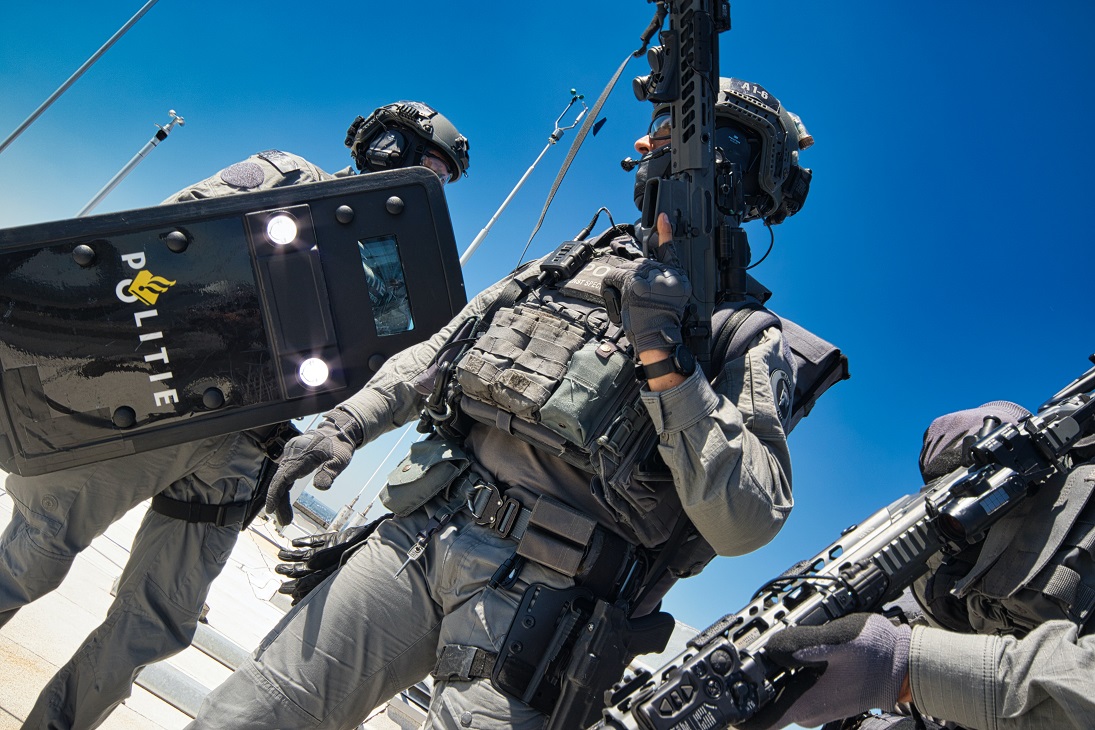In high-risk situations, law enforcement, military personnel, and security personnel require protection in the form of ballistic shields. A Level IIIA ballistic shield is one such type of shield that provides law enforcement, military personnel, and security with the necessary level of protection. In this post, we’ll be discussing in detail what a Level IIIA ballistic shield is made of, and how it provides protection.
Level IIIA Ballistic Shields are made of two primary materials – Kevlar and polyethylene. Kevlar is a synthetic polymer that is commonly used in ballistic products. It is five times stronger than steel, and therefore, it is an ideal material for ballistic protection. Polyethylene, on the other hand, is a lightweight plastic that is resistant to chemicals, ultraviolet light and wear and tear. The combination of Kevlar and polyethylene provides the perfect balance of strength and lightweight design that is required for a ballistic shield.
The manufacturing process of Level IIIA ballistic shields follows a stringent process. Multiple layers of Kevlar and polyethylene are stacked, and then they are subjected to extreme temperature and pressure. The resulting composite material is extremely strong and can stop high-speed projectiles. The manufacturers ensure that each ballistic shield is tested and certified to meet the requirements of the National Institute of Justice (NIJ).
Level IIIA ballistic shields can withstand different types of ballistic threats. They can stop 9 mm rounds, .40 S&W rounds, and .357 Magnum rounds fired from handguns. They can also stop shotgun rounds of up to 12 gauge in size. This provides a high level of protection for law enforcement, military personnel, and security who might encounter any of these threats.
One of the primary benefits of Level IIIA Ballistic Shields is that they are highly portable and can be carried by individual law enforcement personnel or other security personnel. They can be used in active shooter situations to provide front protection for a group of individuals in a room, or they can be used to protect individuals who are clearing a room. Additionally, they are excellent for protecting against roadside bombs.
When purchasing a Level IIIA ballistic shield, there are a few factors to consider. The size and weight of the shield can vary, and it is essential to select a shield that can be comfortably carried by the user. Additionally, the quality of the manufacturing process is critical. Look for NIJ-compliant shields that have undergone rigorous testing.
In conclusion, Level IIIA ballistic shields are an essential protective measure for law enforcement, military personnel, and security. They are made of a combination of Kevlar and polyethylene, which ensures that they provide an ideal balance of strength and lightweight design. When purchasing a shield, it is crucial to consider the manufacturing process and choose one that is tested and certified as NIJ-compliant. With these shields, we can offer greater protection to those who serve and protect our communities.
For more great articles, please click here.

